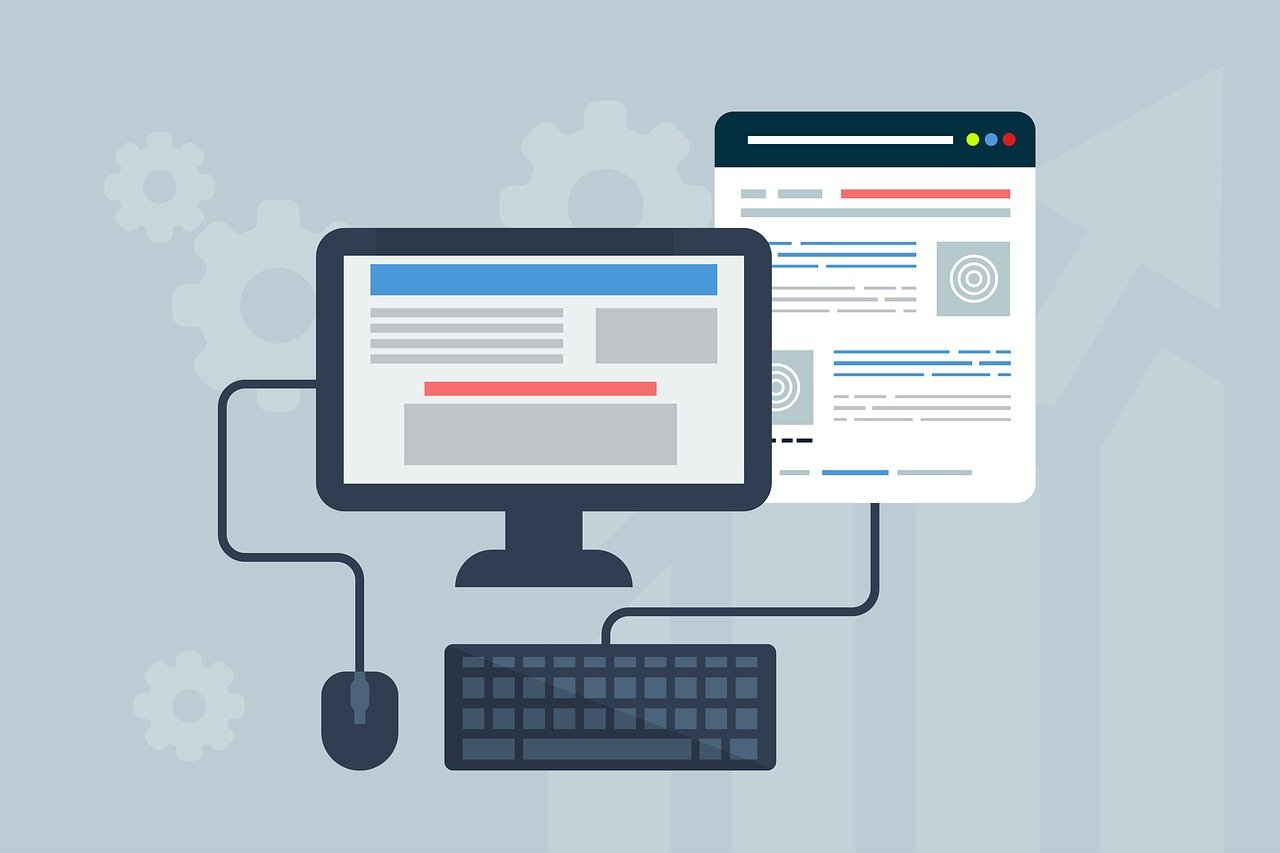Web design is an ever-evolving field, and staying up-to-date with the latest trends is crucial for the success of any website. As we delve into 2023, the landscape of web design continues to transform, driven by advancements in technology and changing user expectations. In this article, we will explore the state of web design in 2023, highlighting the key trends that are shaping the digital world.
1. Immersive User Experiences:
In 2023, web designers are focusing on creating immersive user experiences that captivate and engage visitors. This involves incorporating interactive elements, such as parallax scrolling, microinteractions, and 3D graphics, to enhance the overall user journey and make websites more memorable and enjoyable to navigate.
2. Dark Mode:
Dark mode has gained immense popularity in recent years, and it continues to be a significant trend in web design in 2023. Dark mode not only reduces eye strain but also adds a touch of elegance and sophistication to websites. With its ability to create contrast and highlight content, dark mode is being embraced by designers across various industries.
3. Minimalism and Simplified Layouts:
In 2023, minimalism remains a dominant trend in web design, with designers opting for clean and simplified layouts. By removing clutter and unnecessary elements, websites can provide a seamless and focused user experience. Minimalistic designs also load faster, enhance readability, and prioritize content, ensuring that visitors can easily find what they are looking for.
4. Voice User Interface (VUI):
As voice-controlled devices continue to gain popularity, web designers are incorporating voice user interfaces into their designs. VUI enables users to interact with websites using voice commands, creating a hands-free and convenient browsing experience. Integrating voice assistants and optimized voice search functionality can enhance accessibility and improve user engagement.
5. Mobile-First Design:
With the majority of internet users accessing websites through mobile devices, a mobile-first design approach has become essential. In 2023, web designers are prioritizing responsive and mobile-friendly designs to ensure seamless experiences across different screen sizes. This includes optimizing page load times, using adaptive layouts, and implementing touch-friendly navigation.
6. Personalization and AI Integration:
Web designers are leveraging the power of artificial intelligence (AI) to deliver personalized user experiences. By analyzing user data and behavior, AI algorithms can provide tailored content recommendations, personalized product suggestions, and customized interfaces. Personalization enhances user engagement, increases conversions, and fosters long-term customer loyalty.
Conclusion:
As we step into 2023, web design continues to evolve, driven by innovative trends and user-centric experiences. From immersive interactions and dark mode aesthetics to minimalistic layouts and voice user interfaces, the state of web design is centered around enhancing user engagement, accessibility, and personalization. By embracing these trends and adapting to the changing digital landscape, businesses can create compelling websites that leave a lasting impression on their audience. In this captivating blog post about web design pioneers, you’ll discover the remarkable individuals who laid the foundation for the innovative and artistic world of web design as we know it now.

